Do you have a question about the Olympus PEN E-PL8 and is the answer not in the manual?
List of items included with the camera.
Instructions for attaching the camera strap securely.
Guide to charging and inserting the battery.
Instructions for inserting memory cards.
Steps for mounting interchangeable lenses onto the camera.
How to turn the camera on and off.
Procedure for setting the camera's date and time.
Understanding information displays during shooting.
How to change the information displayed using the INFO button.
Guide to selecting shooting modes and composing shots.
Using AUTO mode with live guides for automatic scene adjustment.
Selecting appropriate scene modes for various subjects and lighting conditions.
Applying artistic effects to images using the ART filter mode.
Using Program mode for automatic exposure adjustment.
Selecting aperture priority for controlling depth of field.
Selecting shutter priority for controlling motion blur.
Manually setting both aperture and shutter speed for full control.
Techniques for capturing night scenes and fireworks with long exposures.
Creating composite images from multiple exposures for light trails.
Using the touch screen for focusing, zooming, and capturing images.
Instructions for starting and stopping movie recording.
Applying effects like Art Fade or Echo during movie recording.
Capturing still photos while recording video.
Creating movie clips and adding them to a My Clips file.
Assembling movie clips, adding effects, and exporting to a single movie.
Using the inverted monitor to take self-portraits.
Accessing and adjusting shooting settings via live control.
Adjusting exposure compensation to brighten or darken the image.
Choosing autofocus points from 81 targets.
Enabling face and eye detection for precise autofocus.
Selecting between S-AF, C-AF, MF, and C-AF+TR modes.
Adjusting ISO for low-light shooting and managing noise.
Setting white balance for accurate color reproduction under different lighting.
Activating image stabilization to minimize blur from camera shake.
Configuring sequential shooting and self-timer options.
Choosing image quality settings like JPEG or RAW for still photos.
Attaching and configuring the external flash unit.
Adjusting parameters like contrast, sharpness, and saturation.
Understanding the simplified and overall display of image data.
How to change the information displayed during playback.
Navigating through images and movies using controls.
Preventing accidental deletion of important images.
Deleting unwanted images from the memory card.
Adding voice annotations to still photographs.
Manipulating images using touch screen gestures for playback.
How to navigate and use the camera's main menu system.
Overview of shooting menu options and structure.
Procedure for formatting memory cards for safe use.
Restoring camera settings to factory defaults.
Saving and recalling custom camera settings.
Configuring AF/MF, buttons, dials, display, movie, and utility options.
Customizing button assignments for quick access to features.
Accessing functions for OLYMPUS PENPAL and Electronic Viewfinder.
Steps to connect the camera to a smartphone via Wi-Fi.
Selecting and loading images from camera to smartphone.
Connecting the camera to a PC using a USB cable.
Guide to installing OLYMPUS Viewer 3 software.
Printing images directly from the camera to a PictBridge printer.
Information on battery usage, charging, and potential hazards.
Information on compatible memory cards and write-protect switches.
Choosing lenses and understanding lens-camera combinations.
Explanation of monitor indications and corrective actions for errors.
Important safety instructions regarding electrical shock and product usage.
Safety guidelines for wireless LAN usage in specific environments.
Compliance information regarding FCC regulations and RF exposure.
Terms and conditions of the Olympus warranty and service procedures.
| Filter size | 37 mm |
|---|---|
| Optical zoom | - x |
| Focal length range | 14 - 42 mm |
| Lens mount interface | Micro Four Thirds (MFT) |
| Maximum aperture number | 22 |
| Minimum aperture number | 3.5 |
| Number of diaphragm blades | 5 |
| Number of aspheric elements | 4 |
| Maximum focal length (35mm film equiv) | 84 mm |
| Minimum focal length (35mm film equiv) | 24 mm |
| Material | Metal |
| Dustproof | Yes |
| Product color | Black, Silver |
| Megapixel | 16.1 MP |
| Camera type | MILC |
| Sensor type | Live MOS |
| Total megapixels | 17.2 MP |
| Image sensor size | 4/3 \ |
| Image formats supported | JPG, RAW |
| Supported aspect ratios | 1:1, 3:2, 3:4, 4:3, 16:9 |
| Maximum image resolution | 4608 x 3456 pixels |
| Image sensor size (W x H) | 17.3 x 13 mm |
| Still image resolution(s) | 4608 x 3456, 3200 x 2400, 1280 x 960 |
| Scene modes | Beach, Candlelight, Children, Documents, Fireworks, Night, Night landscape, Night portrait, Panorama, Portrait, Snow, Sports, Sunset, Landscape (scenery) |
| Image editing | Resizing, Trimming |
| Photo effects | Black&White, Sepia |
| White balance | Flash, Fluorescent, Manual, Shade, Sunny, Tungsten, Underwater |
| Playback modes | Slideshow |
| Shooting modes | Aperture priority, Auto, Manual, Program, Shutter priority |
| Camera playback | Movie, Single image, Slide show |
| Image processor | TruePic VII |
| Self-timer delay | 2, 12 s |
| Languages support | Multi |
| Camera file system | DCF, DPOF, Exif 2.2, PRINT Image Matching III |
| Fastest camera shutter speed | 1/4000 s |
| Slowest camera shutter speed | 60 s |
| Focus adjustment | Auto/Manual |
| Auto Focus (AF) points | 800 |
| Auto focusing (AF) modes | Continuous Auto Focus, Contrast Detection Auto Focus, Single Auto Focus, Tracking Auto Focus |
| Closest focusing distance | 0.2 m |
| Normal focusing range (tele) | - m |
| Light metering | Centre-weighted, Highlight-weighted, Spot |
| ISO sensitivity | 200, 400, 800, 1600, 3200, 6400, 12800, 25600, Auto |
| Light exposure modes | Aperture priority AE, Auto, Manual, Shutter priority AE |
| ISO sensitivity (max) | 25600 |
| ISO sensitivity (min) | 200 |
| Light exposure control | Program AE |
| Light exposure correction | ± 5EV (1/2EV; 1/3EV step) |
| Audio system | stereo |
| Audio formats supported | PCM |
| Flash modes | Auto, Fill-in, Flash off, Flash on, Manual, Red-eye reduction, Slow synchronization |
| Flash guide number | 10 m |
| Shoe mounting point type | Hot shoe |
| Flash exposure correction | ±3EV (1/2, 1/3, 1 EV step) |
| Field of view | 100 % |
| Display diagonal | 3 \ |
| Display aspect ratio | 3:2 |
| Display diagonal (metric) | 7.6 cm |
| Display resolution (numeric) | 1037000 pixels |
| Battery type | BLS‑50 |
| Number of batteries supported | 1 |
| Video resolutions | 1280 x 720, 1920 x 1080 pixels |
| Motion JPEG frame rate | 30 fps |
| Video formats supported | AVC, AVI, H.264, MOV, MPEG4 |
| Maximum video resolution | 1920 x 1080 pixels |
| Analog signal format system | NTSC, PAL |
| Resolution at capture speed | 1920x1080@30fps |
| Compatible memory cards | SD, SDHC, SDXC |
| PictBridge | - |
| USB version | 2.0 |
| HDMI connector type | Micro |
| Storage temperature (T-T) | -20 - 60 °C |
| Operating temperature (T-T) | 0 - 40 °C |
| Storage relative humidity (H-H) | 10 - 90 % |
| Operating relative humidity (H-H) | 30 - 90 % |
| Depth | 38.4 mm |
|---|---|
| Width | 117.1 mm |
| Height | 68.3 mm |
| Weight | 326 g |
| Lens length | 22.5 mm |
| Lens weight | 93 g |
| Lens diameter | 60.6 mm |
| Weight (including battery) | 374 g |
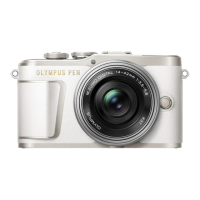
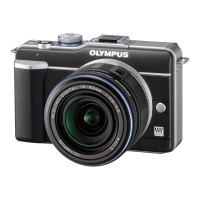
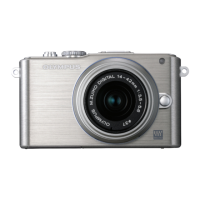
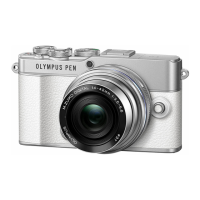

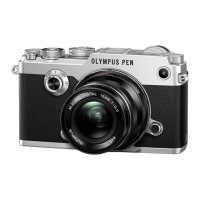
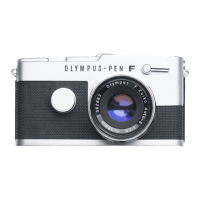
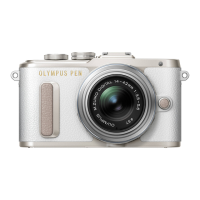



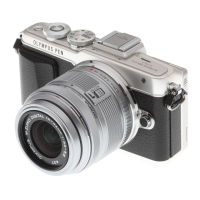
